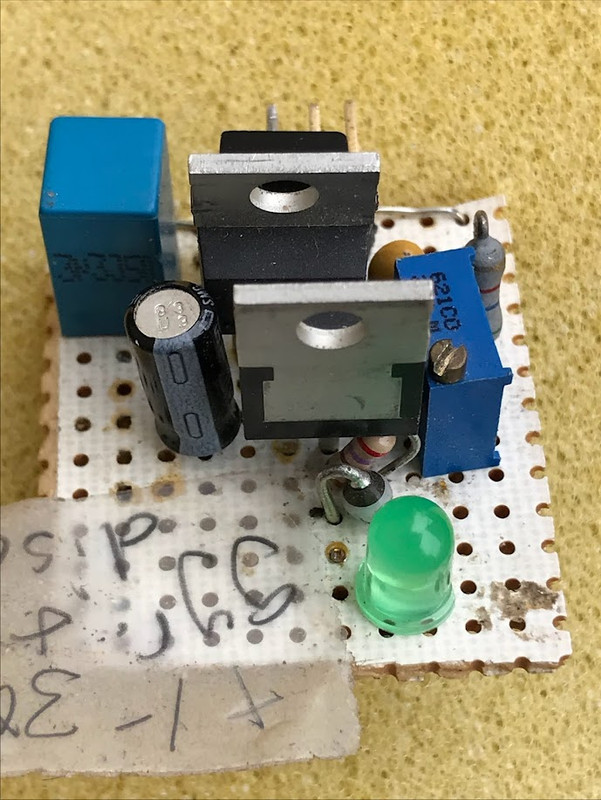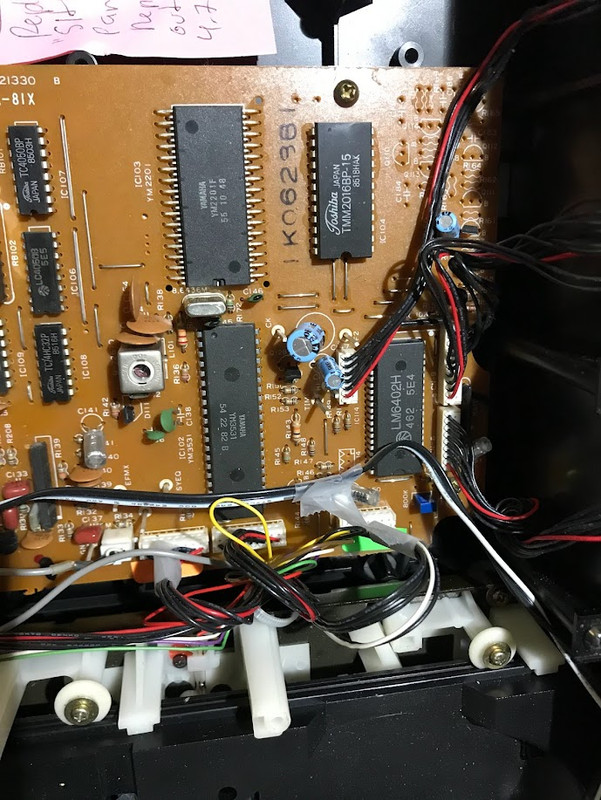13mh13
Pi-s Artist
Pretty sure these builds were "inspired" by PFM posts and threads dealing with super regs (Teddy Pardo) and tracking pre-regs.
I built them -- one a pos reg based on lm1086s and the other a neg reg based on lm337s -- maybe 2008???
I don't recall why I never used them -- maybe they are not built correctly. One reason for incorrect built is that the variable R pot (blue) does not have any effect on output.
The pos device uses a BD139, two (tracking ??) lm1086s, and various passives.
If I connect the three terminals to respective Out, In, and GND, I will get a very clean V_out (not loaded) with no more than 1.5v drop. Clean from 3-30 vdc, with no more than 1.5mV AC ripple.
So does that voltage make sense?






I built them -- one a pos reg based on lm1086s and the other a neg reg based on lm337s -- maybe 2008???
I don't recall why I never used them -- maybe they are not built correctly. One reason for incorrect built is that the variable R pot (blue) does not have any effect on output.
The pos device uses a BD139, two (tracking ??) lm1086s, and various passives.
If I connect the three terminals to respective Out, In, and GND, I will get a very clean V_out (not loaded) with no more than 1.5v drop. Clean from 3-30 vdc, with no more than 1.5mV AC ripple.
So does that voltage make sense?























